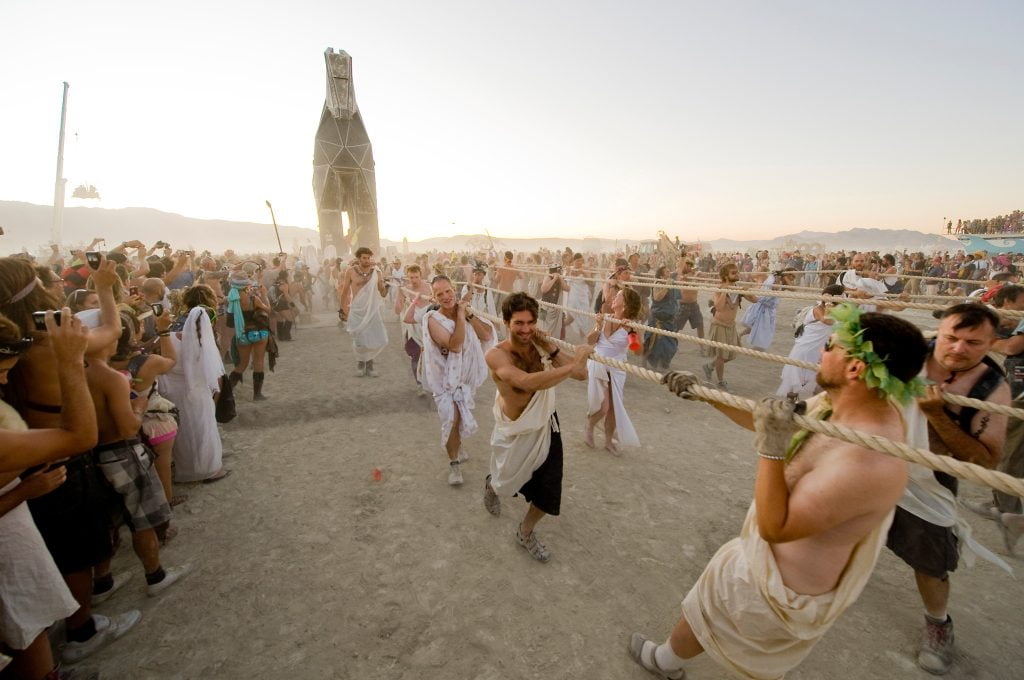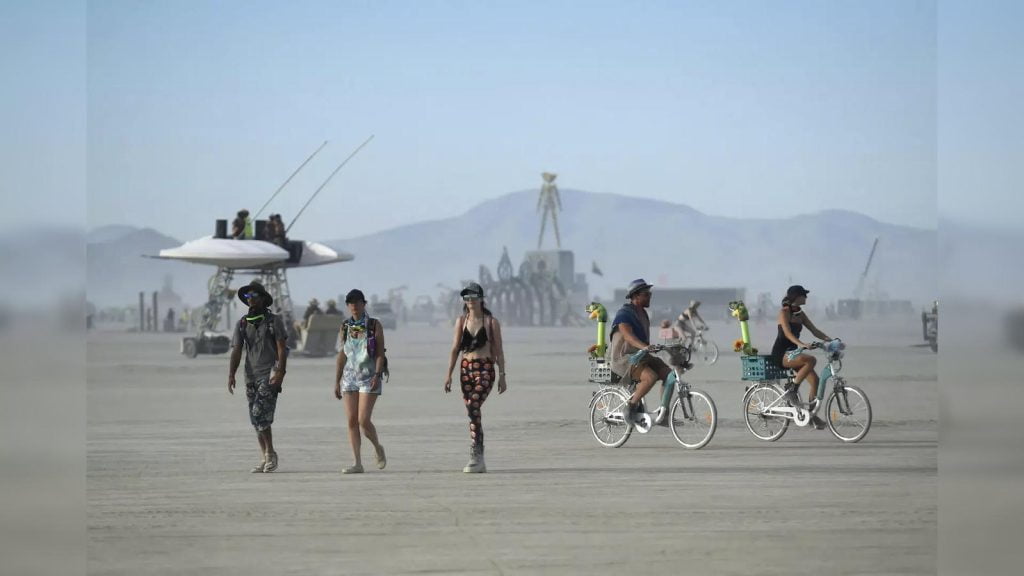Diwali, also known as the Festival of Lights, holds significant cultural and religious importance for Hindus, Sikhs, Jains, and Buddhists around the world. But what is the true essence of this vibrant and joyous festival? Diwali signifies the triumph of light over darkness and good over evil. It is a time for families to come together, exchange gifts, partake in feasts, and light diyas or oil lamps to illuminate their surroundings. The festival also symbolizes the beginning of a new year in many regions, signifying hope, renewal, and prosperity. Join us as we delve deeper into the traditions, rituals, and meaning behind the beautiful Festival of Diwali.
ICYMI The season 6 cast of Essence and @cocacola Zero Sugar’s #IfNotForMyGirls took over the stage at #ESSENCEFest for a hilarious share fest.
Check it out now! @MsAmberPRiley, @LadyLondon , @thereynaroberts https://t.co/fhdtImWYrD pic.twitter.com/u9lRiOR24I
— ESSENCE (@Essence) August 27, 2024
Introduction to Diwali
Diwali, also known as the Festival of Lights, is one of the most popular and widely celebrated festivals in India.
Significance of Diwali
Diwali signifies the victory of light over darkness and good over evil. It is a time for families to come together, exchange gifts, and partake in festive meals.
During Diwali, homes and streets are decorated with colorful rangoli patterns, diyas (oil lamps), and fireworks, creating a vibrant and joyous atmosphere.
Celebrations and Traditions
People clean their homes, wear new clothes, and offer prayers to Goddess Lakshmi, the Hindu goddess of wealth and prosperity, during Diwali.
- Exchanging sweets and gifts with loved ones
- Lighting fireworks and sparklers
- Participating in puja ceremonies at temples and homes
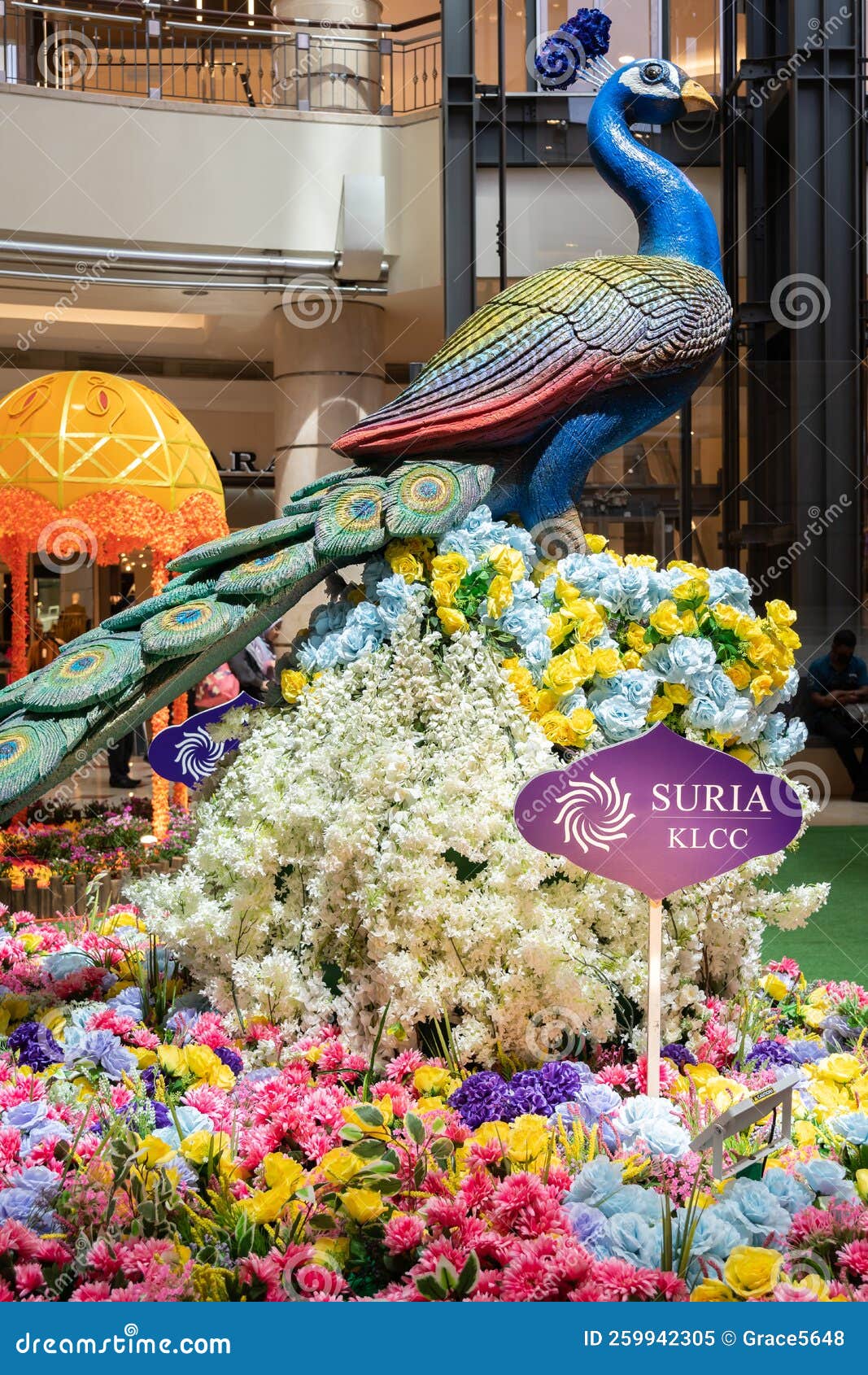
History and Origin of Diwali
Diwali, also known as the Festival of Lights, is a significant Hindu festival celebrated every year. The word ‘Diwali’ is derived from the Sanskrit word ‘Deepavali,’ which means a row of lights. It signifies the victory of light over darkness, good over evil, and knowledge over ignorance.
The Legend of Diwali
One of the popular legends associated with Diwali is the return of Lord Rama to Ayodhya after defeating the demon king Ravana. People lit oil lamps to guide their way back, symbolizing the triumph of good over evil.
The festivities typically last for five days, with each day holding special significance. People clean and decorate their homes, burst fireworks, exchange gifts, and enjoy festive meals with family and friends.
Cultural Significance
Diwali is not only celebrated by Hindus but also by Jains, Sikhs, and Buddhists for various reasons. For Jains, it marks the spiritual awakening of Lord Mahavira, while Sikhs commemorate the release of Guru Hargobind from imprisonment.
In contemporary times, Diwali is a time of joy, unity, and new beginnings. It promotes harmony among communities and fosters a sense of togetherness and gratitude.
Significance and Traditions
Diwali, the Festival of Lights, holds immense significance in the Hindu calendar. It symbolizes the victory of light over darkness and good over evil. People celebrate by lighting diyas and fireworks, sharing sweets, and exchanging gifts with loved ones.
Historical Significance
Diwali marks the return of Lord Rama to Ayodhya after 14 years of exile and his victory over the demon King Ravana. It is also celebrated as the day when Goddess Lakshmi emerged from the churning of the cosmic ocean, bringing prosperity and wealth.
Traditional Rituals
The traditions of Diwali include cleaning and decorating homes, drawing intricate rangoli designs, wearing new clothes, and preparing delicious sweets and snacks. Families gather for prayers, pujas, and arti ceremonies to seek blessings for wealth and prosperity.
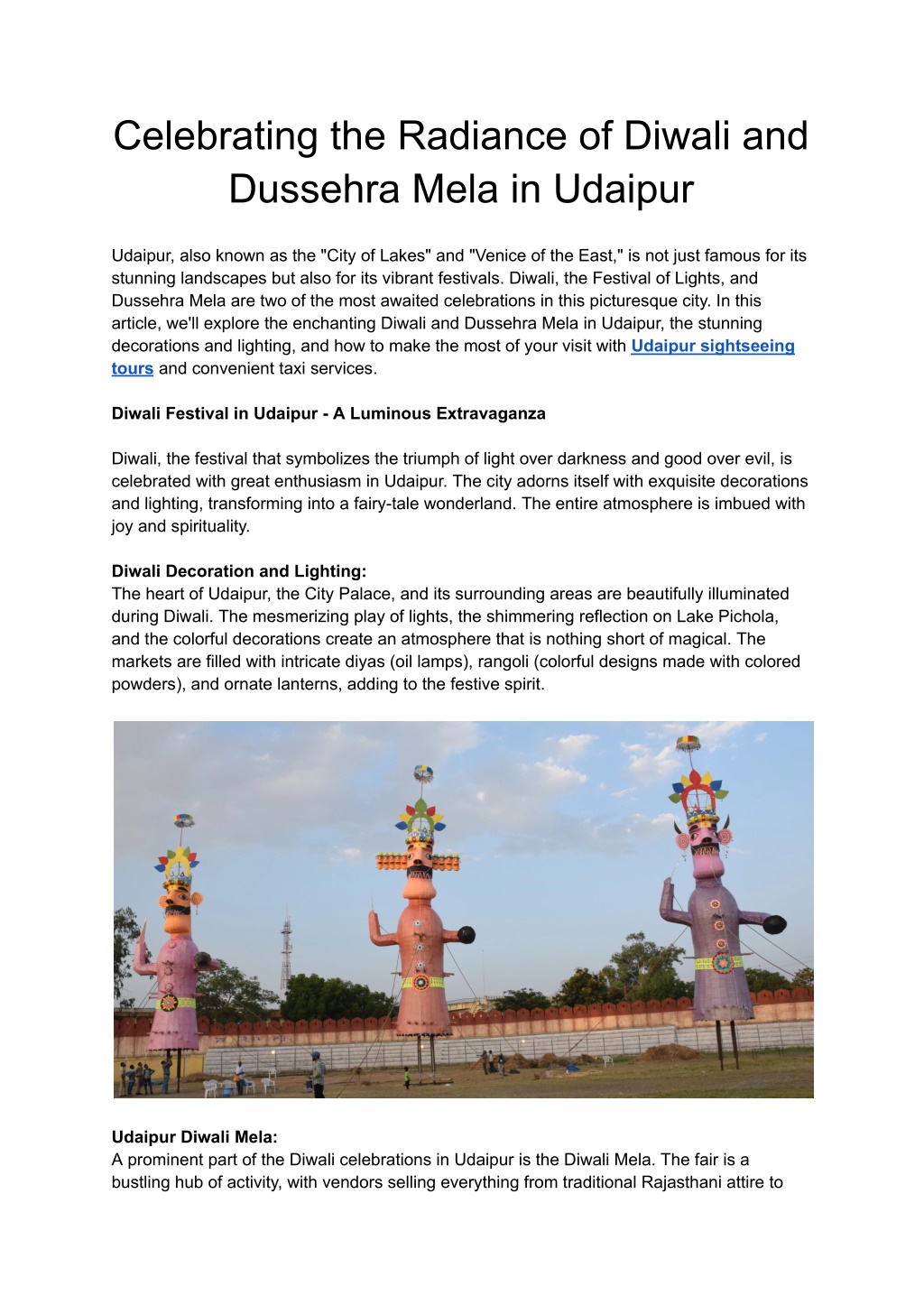
Celebrations Across Different Regions
During the Festival of Diwali, celebrations vary across different regions in India, each highlighting unique traditions and customs.
North India
In North India, Diwali is celebrated to honor the return of Lord Rama to Ayodhya after defeating Ravana. People light diyas and burst fireworks to symbolize the triumph of light over darkness.
South India
In South India, Diwali is commonly known as Deepavali. People create colorful rangolis outside their homes and exchange sweets with loved ones.
West India
During Diwali in West India, the celebrations include grand processions, where people adorn themselves in traditional attire and participate in dance performances.
East India
In East India, Diwali is observed with devotion to the goddess Kali. People offer prayers, light lamps, and engage in cultural programs to commemorate the occasion.
Diwali Decorations and Rangoli
Diwali, also known as Deepavali, is a festival that symbolizes the spiritual “victory of light over darkness, good over evil, and knowledge over ignorance.” One of the main attractions during Diwali is the beautiful decorations that adorn homes and streets in vibrant colors and lights.
Rangoli Designs
Rangoli is a traditional art form where intricate patterns are created on the floor using colored powders, flowers, or rice grains. These designs are believed to bring good luck and ward off evil spirits during Diwali celebrations.
Diwali 2022 will showcase a variety of rangoli designs ranging from traditional motifs to modern patterns, reflecting the creativity and cultural richness of the festival. Experience the artistry and symbolism of rangoli this Diwali!
Decorative Lights and DIY Decor Ideas
Decorative lights play a significant role in enhancing the festive spirit during Diwali. Homes are adorned with strings of lights, diyas (oil lamps), and lanterns to create a warm and welcoming ambiance.
- Illuminate your home with LED lights in various colors and styles.
- Use eco-friendly diyas made from clay for a sustainable celebration.
- Create custom decor pieces using recycled materials for an eco-conscious Diwali.
Celebrate Diwali 2022 by incorporating these creative DIY decor ideas to add a personal touch to your festive decorations. Let your creativity shine!
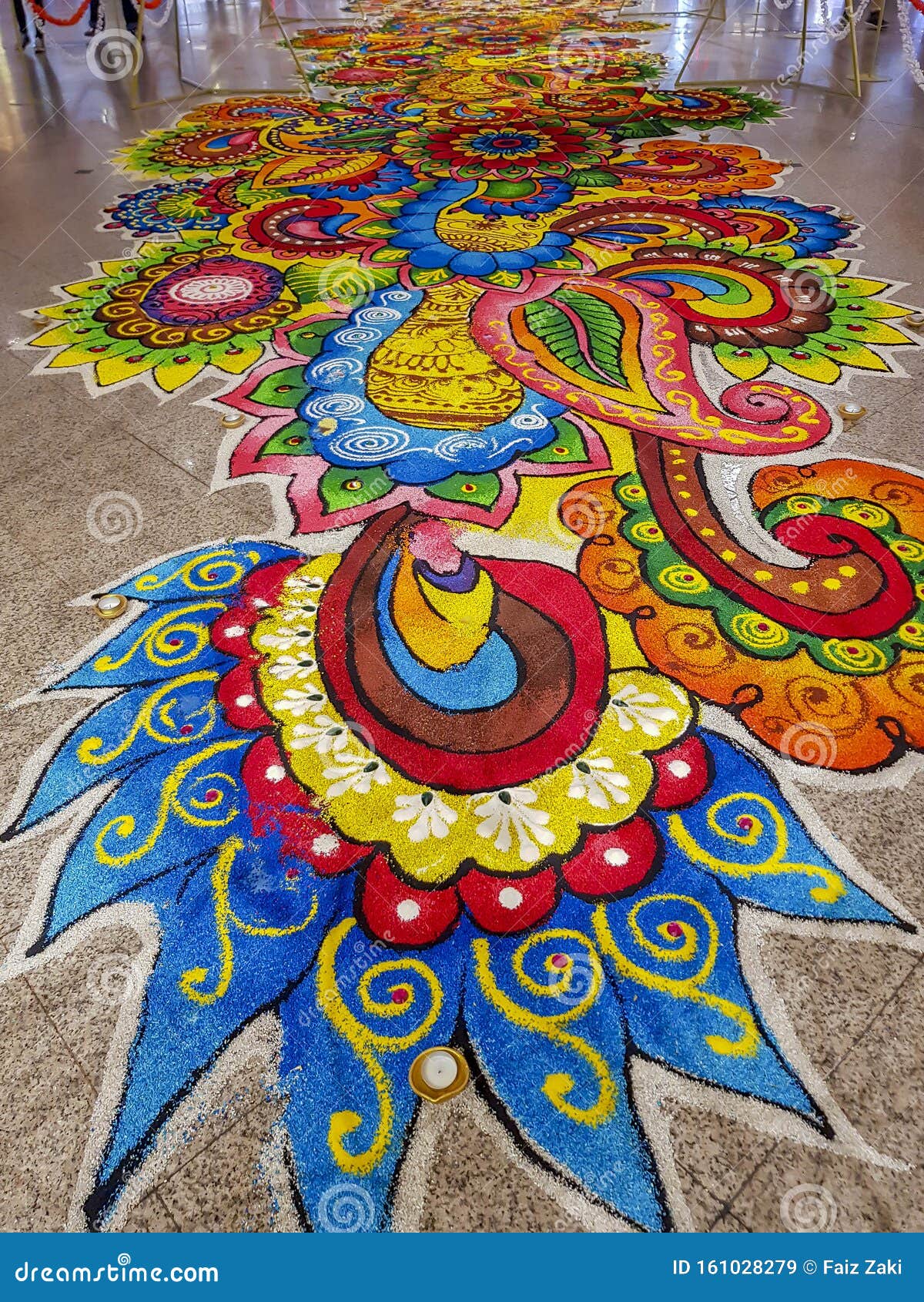
Diwali Sweets and Savories
Diwali, also known as the Festival of Lights, is incomplete without indulging in a variety of traditional sweets and savories that hold significant cultural importance.
Popular Diwali Sweets
During Diwali, homes are filled with the sweet aroma of mithai (sweets) like barfi, laddoos, gulab jamun, and jalebi.
Most households prepare Diwali specialties such as sohan papdi, kaju katli, and pedal to share with guests and family.
Delicious Savories
Alongside sweets, savory snacks like namak pare, chivda, mathri, and shakarpara are popular choices during Diwali.
- Crispy murukku and chakli are must-haves in every household to celebrate the festive spirit.
Diwali Puja and Rituals
Diwali, also known as the Festival of Lights, is a significant Hindu festival celebrated with great enthusiasm. Central to Diwali celebrations are the traditional rituals and pujas performed by families in their homes.
Preparation for Diwali
Days before Diwali, homes are cleaned and decorated to welcome Goddess Lakshmi, who symbolizes wealth and prosperity. A thorough cleaning is believed to invite good fortune into the household.
Rangoli designs are drawn at the entrance to appease the deities and ward off evil spirits. These intricate patterns are made with colored rice, sand, or flower petals.
Diwali Puja
On Diwali day, families perform a special puja (prayer ritual) in the evening. The puja involves lighting oil lamps and candles to illuminate the house and create a spiritual ambiance.
Devotional songs and mantras are recited to seek blessings for happiness, good health, and prosperity for the year ahead.
Symbolism of Diwali
Diwali represents the victory of light over darkness and good over evil. It is believed that on this day, Lord Rama returned to Ayodhya after defeating the demon king Ravana.
In addition to homes, streets, and public places are adorned with lights, diyas (earthen lamps), and lanterns as a symbol of hope and positivity.
Fireworks and Lighting
During the Festival of Diwali, one of the most captivating aspects is the spectacle of fireworks and lighting that illuminates the night sky and decorates homes and streets.
Fireworks Display
Communities come together to enjoy grand fireworks displays that symbolize the victory of light over darkness and good over evil. The vibrant colors and patterns create a mesmerizing scene.
The festive atmosphere is further enhanced by the crackling sounds and bright lights that fill the air, adding to the celebratory mood.
Traditional Diyas
Alongside fireworks, the lighting of traditional diyas (earthen lamps) is a significant part of Diwali celebrations. These lamps, often filled with ghee or oil, symbolize the inner light that dispels darkness.
- People place diyas around their homes, in courtyards, and on windowsills, creating a beautiful sight of twinkling lights.
- Decorative rangoli patterns are drawn around the lamps to enhance the visual appeal of the decorations further.
Environmentally Friendly Diwali
As we celebrate the What is Festival of Diwali this year, it is crucial to focus on making it environmentally friendly. One way to achieve this is by opting for eco-friendly decorations and practices.
Celebrate with Natural Materials
Consider decorating your home with biodegradable materials like fresh flowers, leaves, and eco-friendly rangoli colors. These items not only add to the festive spirit but also reduce environmental impact.
Go for Sustainable Lighting
Instead of traditional candles and fireworks, opt for LED lights and diyas that consume less energy and contribute to a greener Diwali celebration. Set a vibrant and eco-friendly ambiance.
Frequently Asked Questions
- What is the Festival of Diwali?
- Diwali, also known as the Festival of Lights, is a significant Hindu festival celebrated by millions of people around the world. It symbolizes the spiritual victory of light over darkness, good over evil, and knowledge over ignorance.
- When is Diwali usually celebrated?
- Diwali is typically celebrated in the autumn season between mid-October and mid-November, depending on the lunar calendar. The festival lasts for five days, with each day having its significance and rituals.
- What are the traditional customs and rituals associated with Diwali?
- People celebrate Diwali by lighting oil lamps or candles, known as diyas, decorating their homes with colorful rangoli designs, exchanging gifts, wearing new clothes, preparing delicious sweets, and watching fireworks displays.
- Why is Diwali celebrated?
- Diwali is celebrated for various reasons, including the return of Lord Rama to Ayodhya after defeating the demon king Ravana, the worship of the goddess Lakshmi for prosperity and wealth, the commemoration of the victory of Lord Krishna over the demon Narakasura, and the start of a new business year in some regions.
- How is Diwali celebrated in different parts of India?
- Diwali celebrations vary across different regions of India. In North India, the festival is associated with the legend of Lord Rama, while in South India, it is linked to the victory of Lord Krishna. Each region has its unique customs and traditions that add to the diversity and richness of Diwali celebrations.
In Conclusion: Unraveling the Essence of Diwali
As we explored the intricacies of the Festival of Diwali, it became evident that it is more than just a celebration of lights. Diwali symbolizes the victory of light over darkness and good over evil, showcasing the importance of spirituality, family, and community. The festival embodies unity, joy, and the spirit of giving, with rituals like lighting diyas and exchanging gifts strengthening bonds. Understanding the significance of the celebration of Diwali enriches our cultural awareness and appreciation for diversity. In essence, Diwali is a time for reflection, renewal, and rejoicing, enlightening our hearts with hope and positivity for the year ahead.

